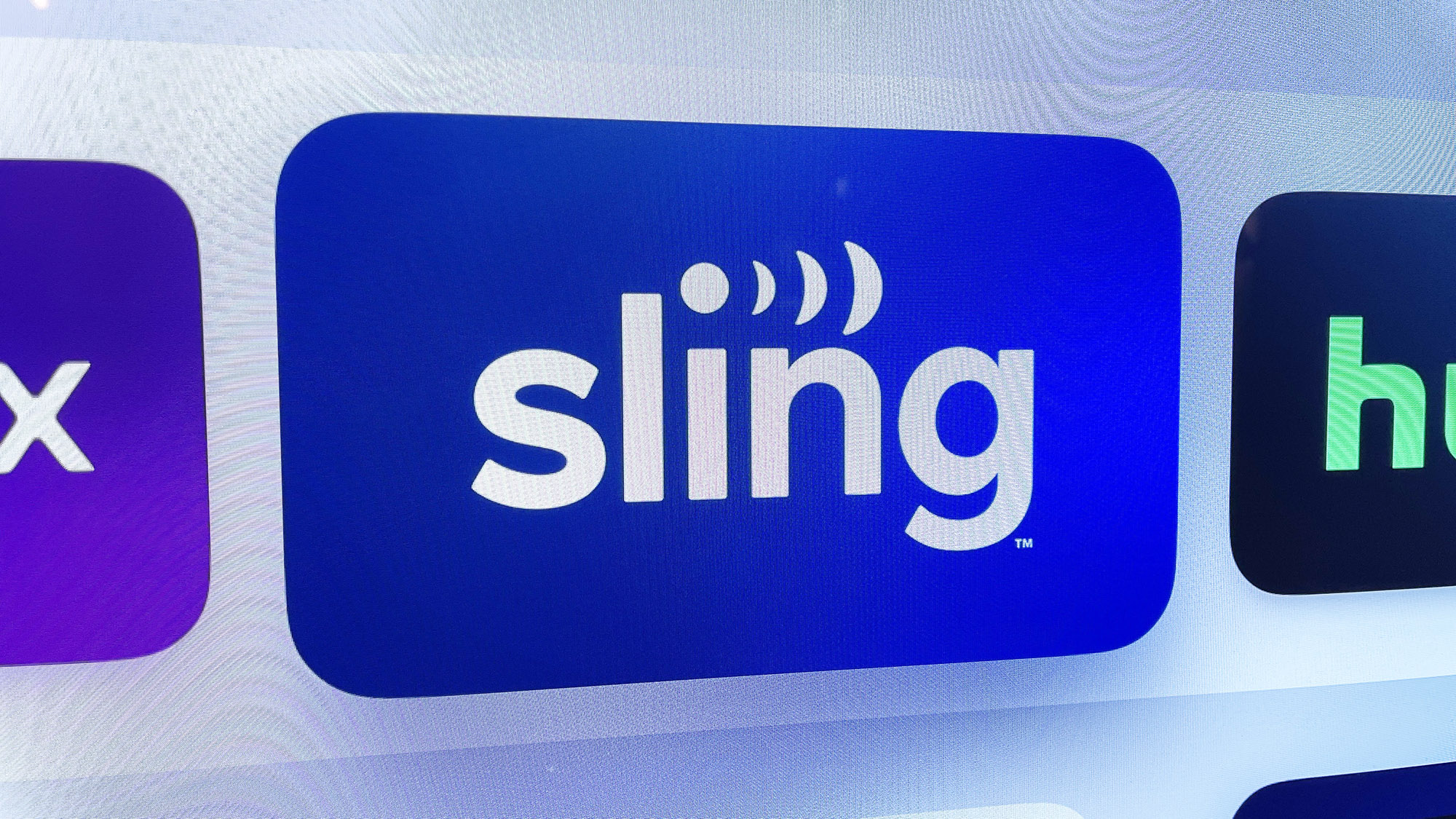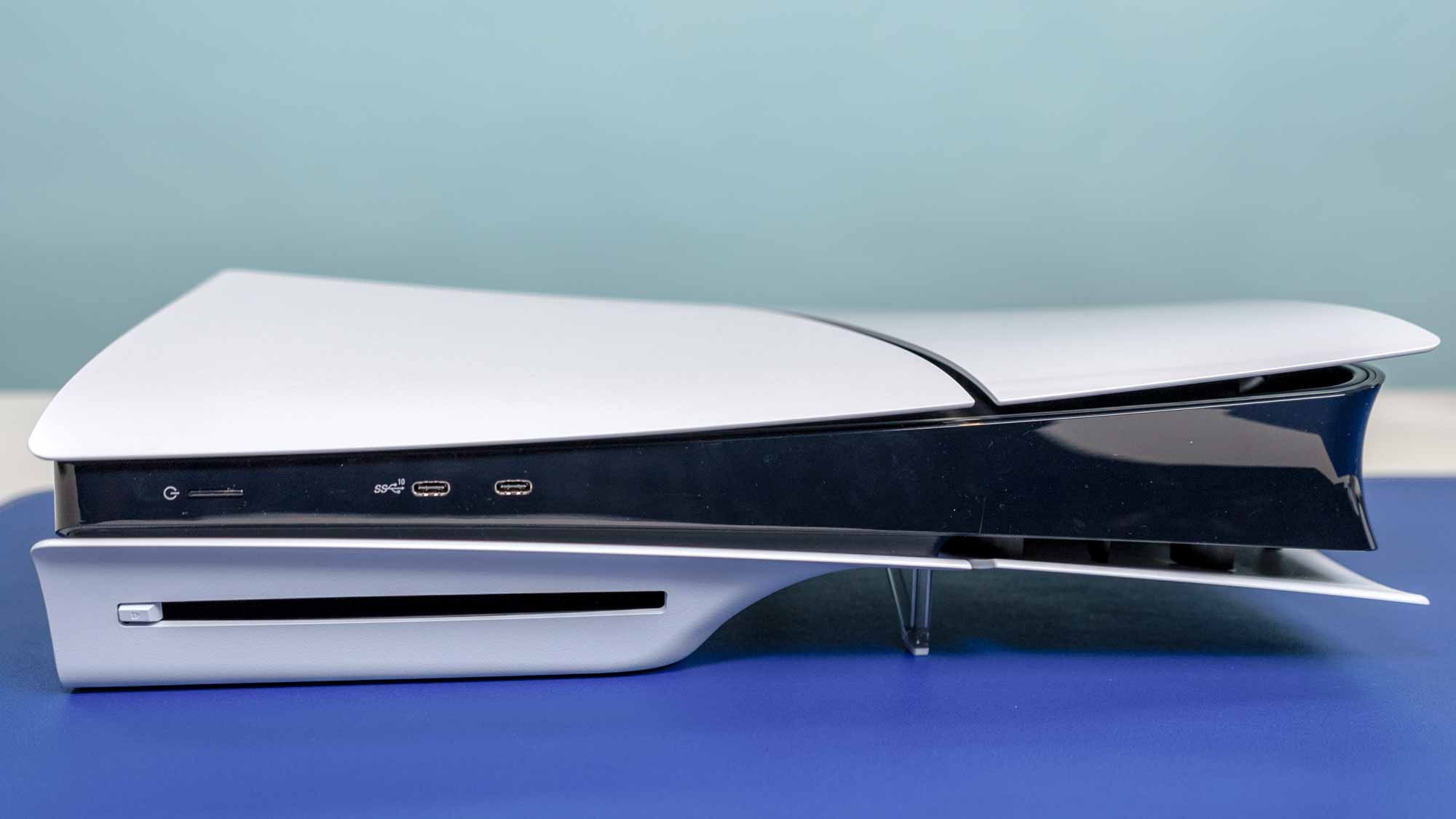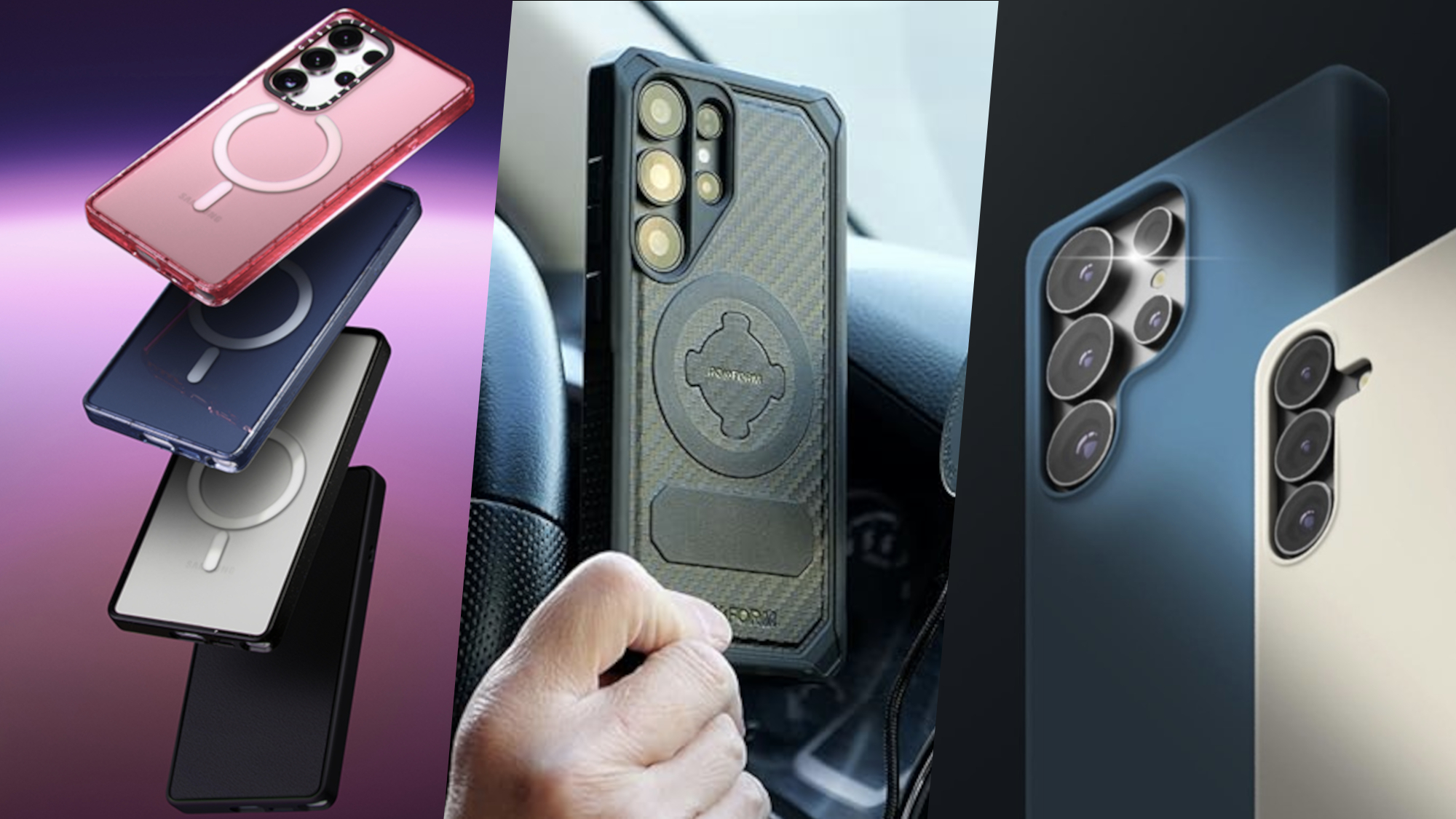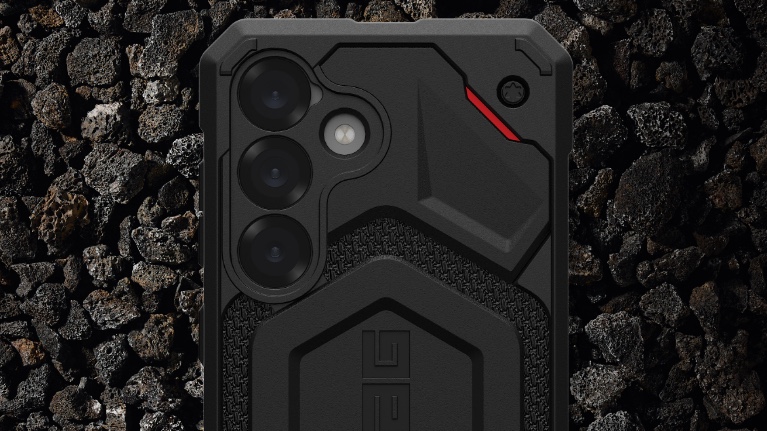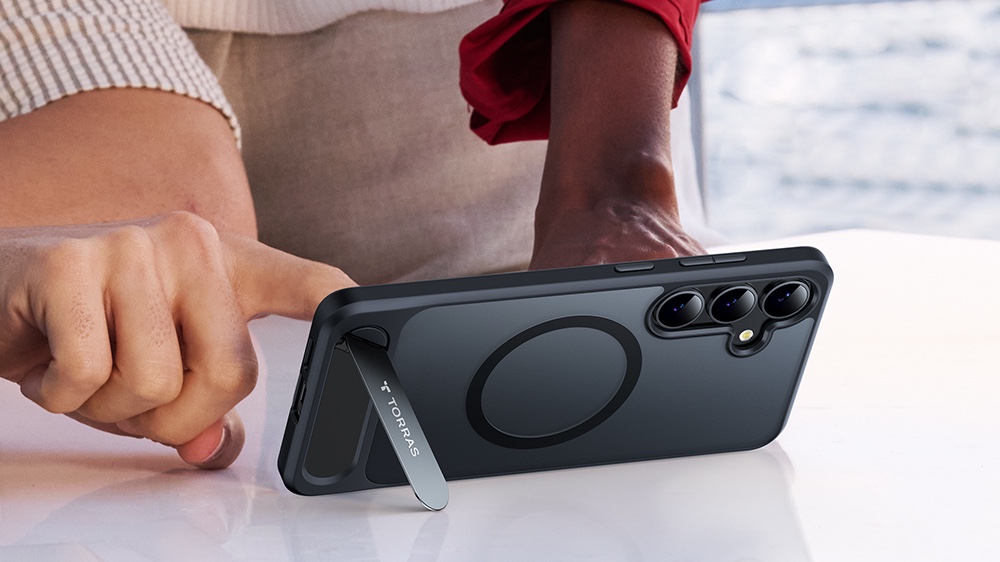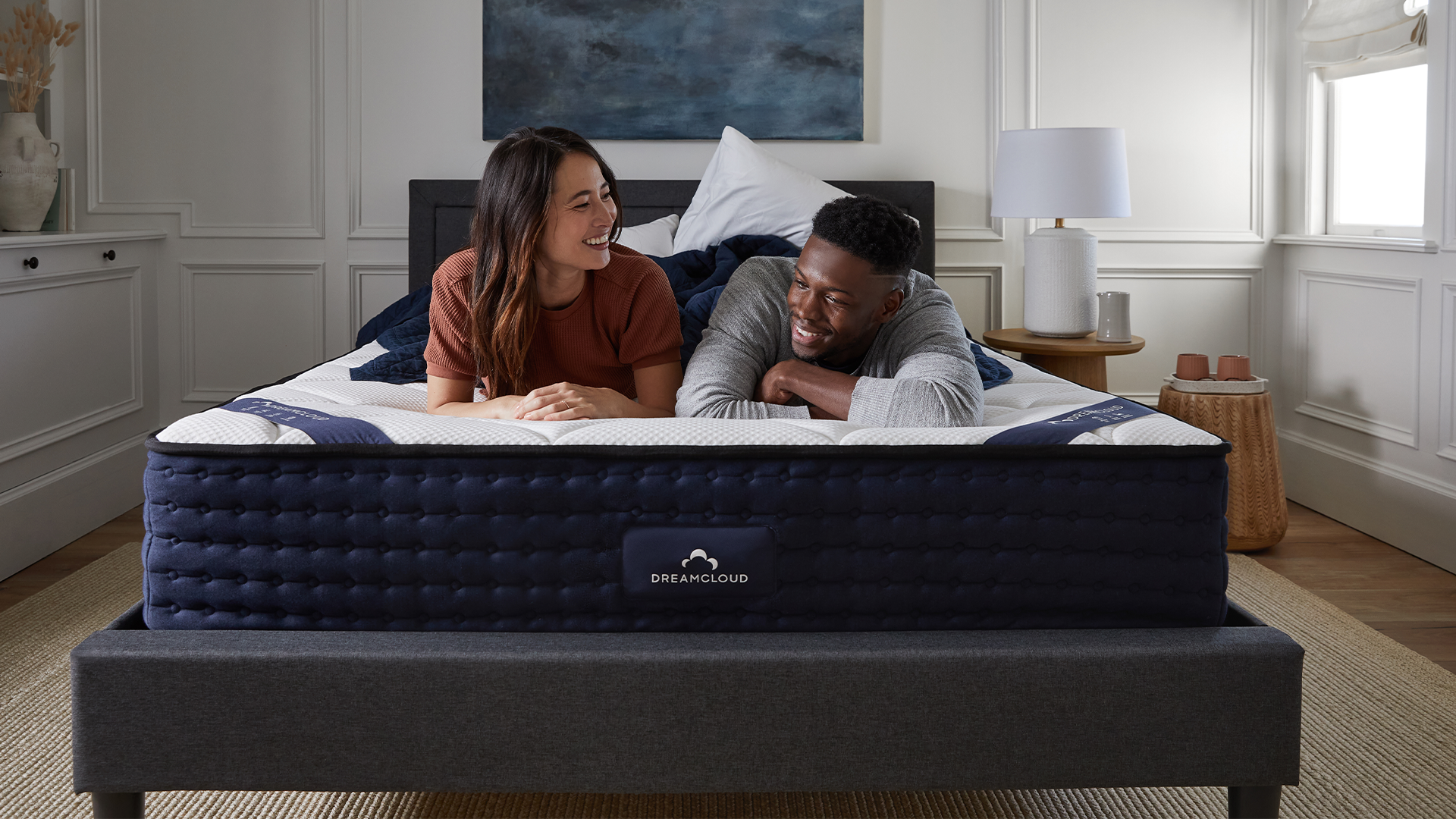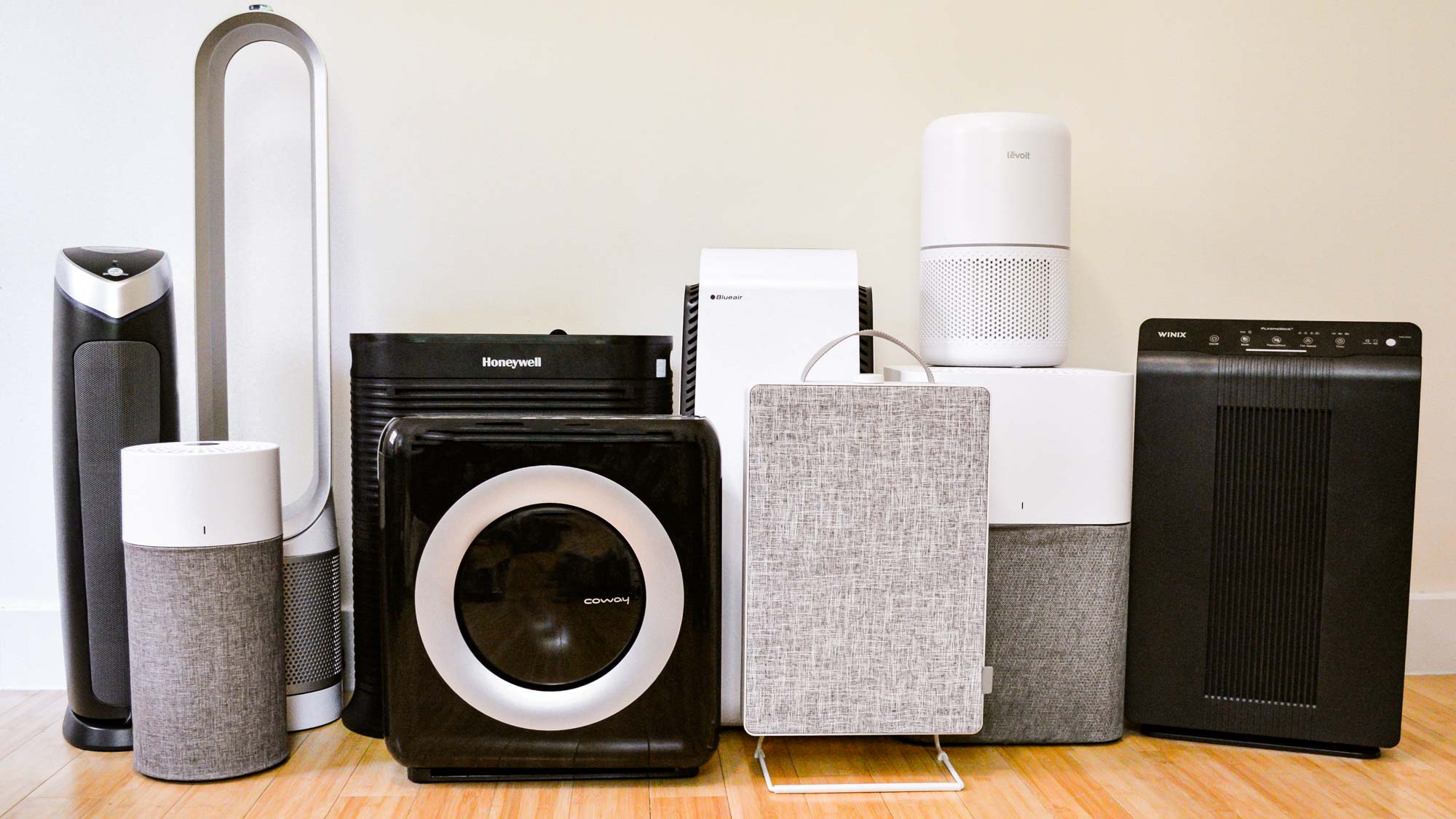What are the best swimming headphones? Here's a list of the best we've tested
Durable, long lasting, and with great sound
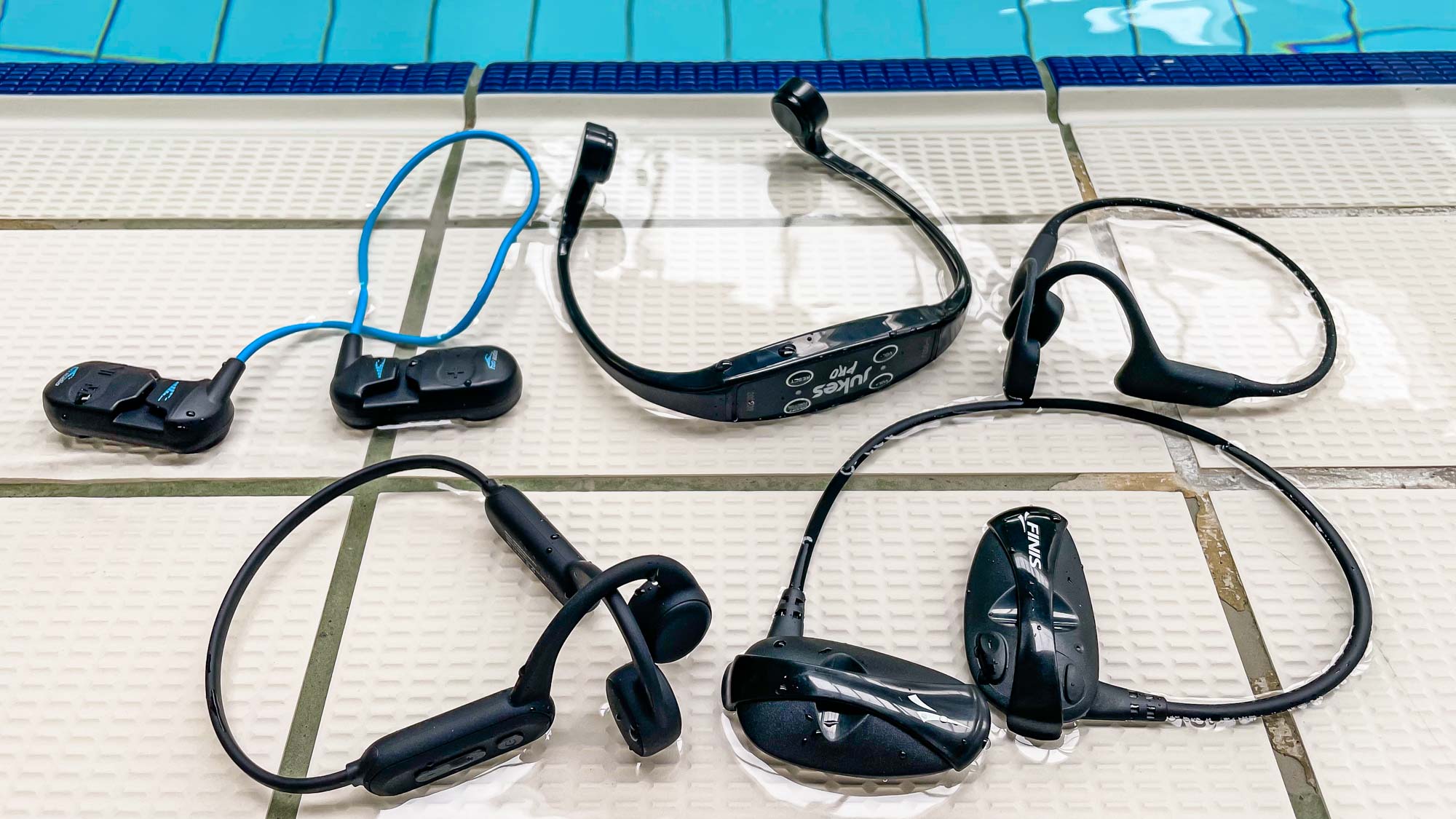
The best swimming headphones need to be waterproof, durable, and secure enough to stay put while you swim. Most use bone conduction technology, which is a style of headphone that delivers sound through vibrations while keeping your ears open so you can stay aware of your surroundings.
We put the top options to the test in the pool, judging the fit, sound quality, and durability to find the best. For most swimmers, we recommend the Shokz OpenSwim Pro because they're comfortable with a swim-friendly audio mode and offer up to nine hours of battery life.
If you're looking for more options, we've rounded up the best waterproof headphones available, so you can find the right pair to power your swim sessions.
The quick list
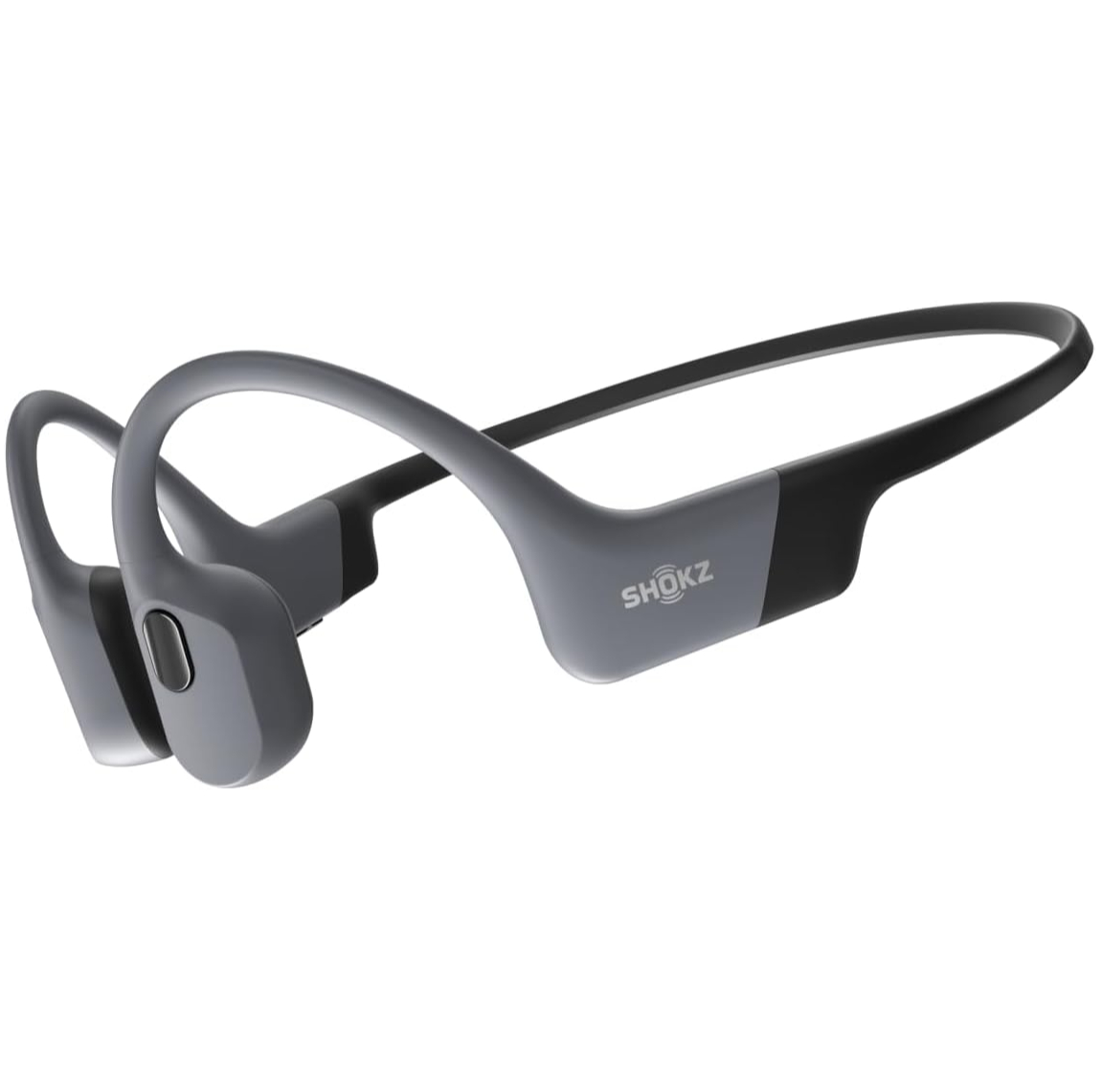
The Shokz OpenSwim Pro improve on the first-generation set, brining impressive audio via bone conduction, an IP68 rating for water resistance, and the ability to store MP3s directly on the device, so you can leave your phone in the locker as you train.

These affordable little swimming headphones have a clever design — they are compact and minimalist, and each speaker clips onto the straps of your goggles for minimal movement in the pool.
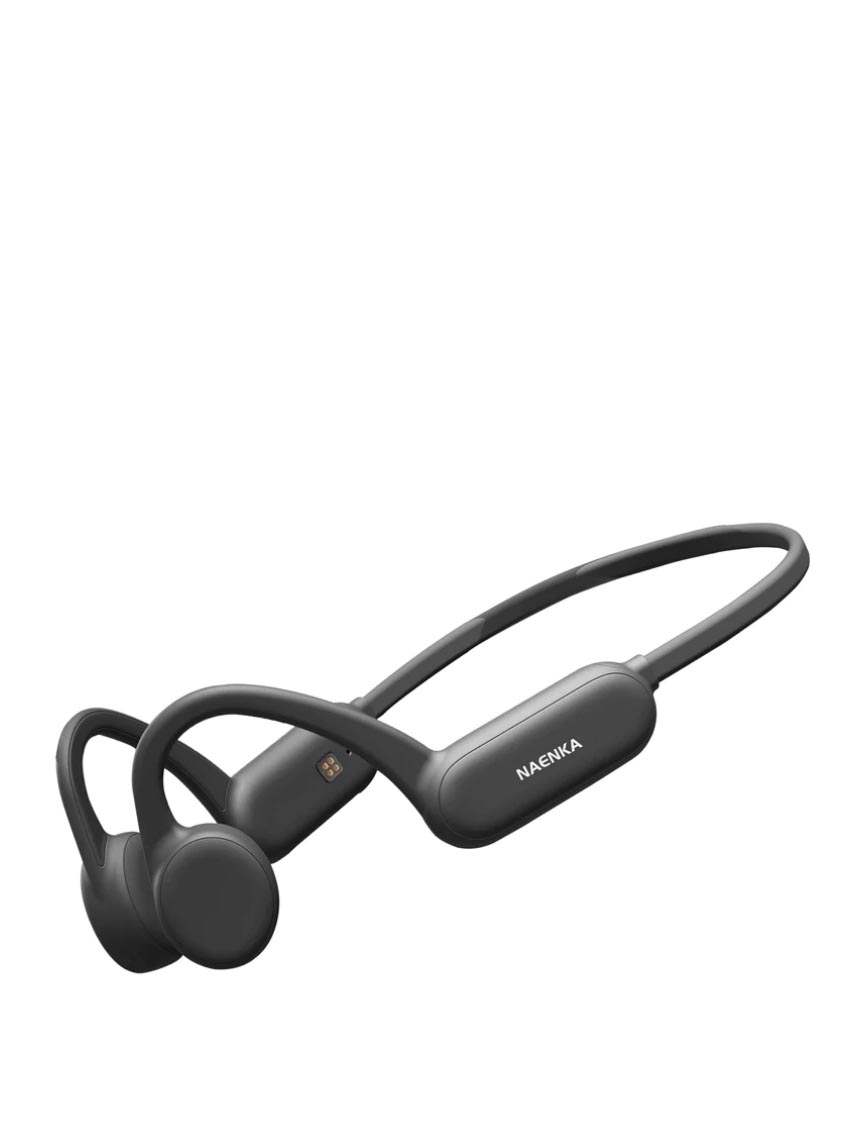
If you’re looking for a pair of swimming headphones you can also wear in the gym, or when running, these are the obvious choice. They are lightweight, comfortable and have 8GB storage.

Unlike other headphones on this list, these connect via Bluetooth to your smartwatch, so you’ll need a swimming watch you can store music on. Not for everyone, but a nifty design.
The best swimming headphones you can buy today
Why you can trust Tom's Guide
Best swimming headphones overall
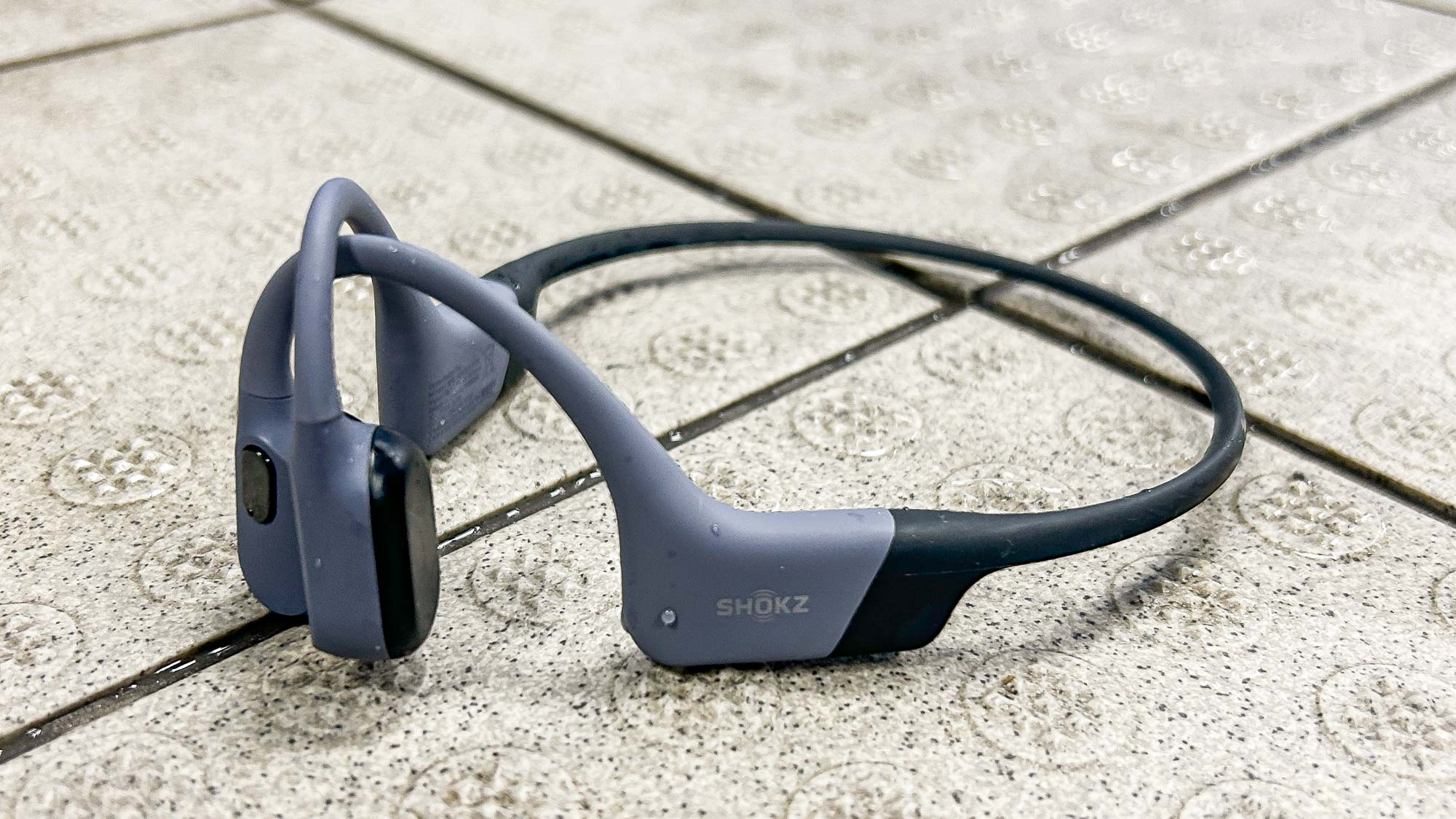
Specifications
Reasons to buy
Reasons to avoid
Shokz (previously known as Aftershokz) has made many sets of bone conduction headphones over the years, using vibrating pads on your cheekbones to create sound waves so you can listen to your favorite music and podcasts with your ears open.
Most of the brand's range focus on runners, but the OpenSwim Pro are an upgraded edition of the OpenSwim swimming headphones, mashed up with the Shokz OpenRun, making a pair of swimming headphones that handle swim sessions, all-weather runs, and sweaty workouts.
Plus, because you're not plugging up your ears, you can still hear important alerts like the lifeguard's whistle as your head bobs in and out of the water. We were especially impressed with the dedicated Swimming sound mode, which boosts volume and clarity for voice-based audio like radio and podcasts.
And since they're pretty light (just 1 oz) and run around your head, we found that you can easily wear them securely, even underneath a swimming cap and alongside goggles. There's also a customizable multifunction button on the left cheek pad and volume controls on the right. Helpfully, these are physical buttons, so easy to use in the water.
Many of the best swimming headphones come with onboard music storage, and that's the case here too for when you're out of Bluetooth range with your phone for streaming. There's 32GB of storage which is plenty for an extended session, but it's quite a manual process to move tracks onto the headphones since there's no support for streaming apps.
- Read our full Shokz OpenSwim Pro review
Best value swimming headphones
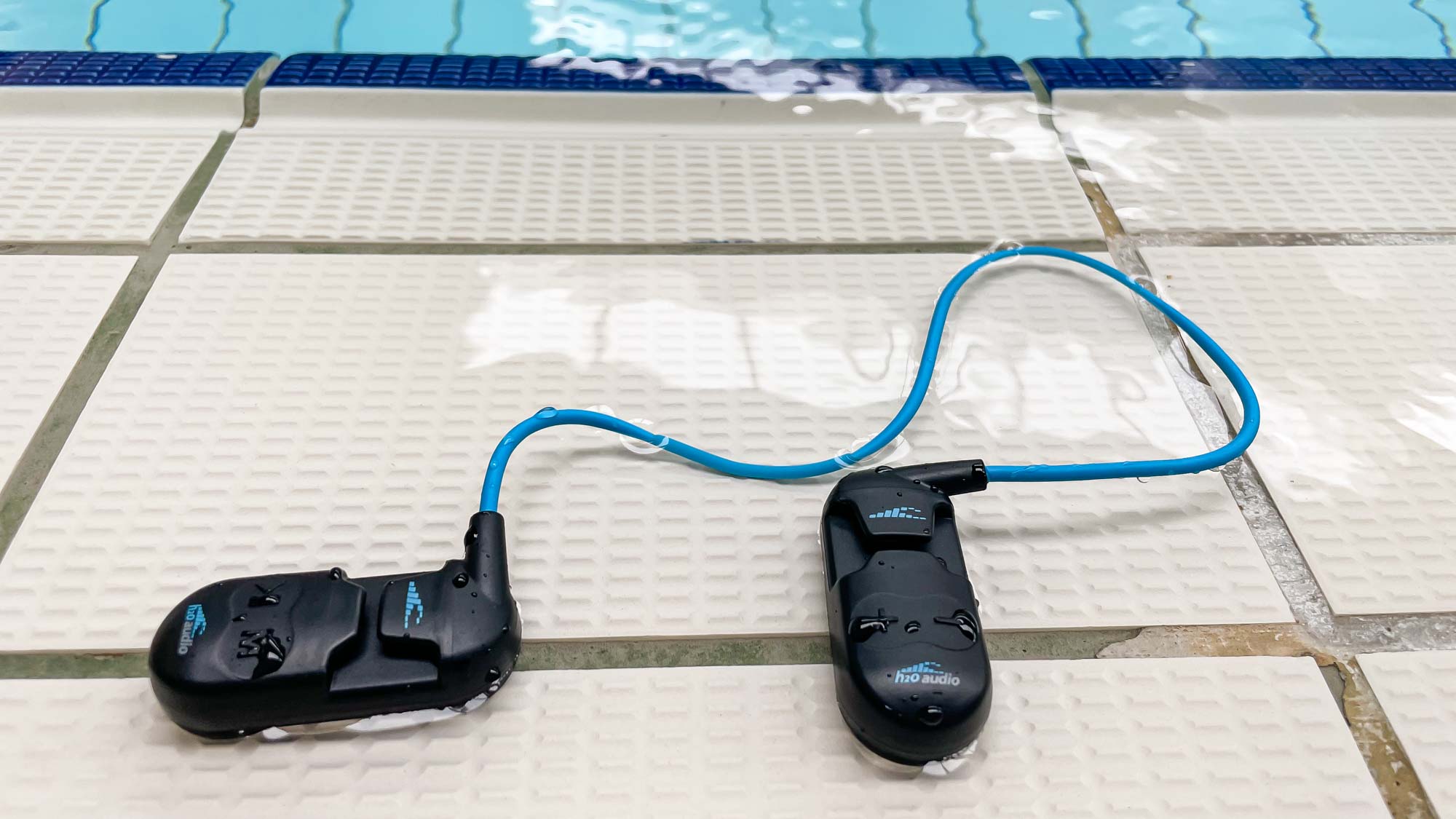
2. H2O Audio Sonar Underwater Waterproof Headphones
Our expert review:
Specifications
Reasons to buy
Reasons to avoid
With just a thin blue wire connecting each ear speaker, these Sonar underwater headphones from H2O don’t have a sturdy headset like most of the other headphones on this list. Instead, they have a more compact and minimalist design, where each speaker clips onto the straps of your goggles.
To charge, you simply connect the Sonar headphones to the special USB cable that comes in the box. Similar to the Shokz, when you plug the USB into your computer, you can then drag and drop an MP3 music file directly onto the Sonar. And with 8GB storage, it can store up to 2,000-song capacity, more than enough to soundtrack your entire session.
We found this was the best way to both upload and listen to music using these, but you can also connect to the Sonar headphones via Bluetooth. All you have to do is hit the ‘M’ button on the righthand speaker and a blue LED light will start blinking — you can then connect your phone or smartwatch to the device. The LED turns a solid blue once paired.
The only problem is that Bluetooth range is pretty limited, so to get the music to play via Bluetooth, you quite literally need to wear your smartwatch clipped onto your goggles, which kind of defeats the object of even wearing a watch in the first place.
Best multisport swimming headphones
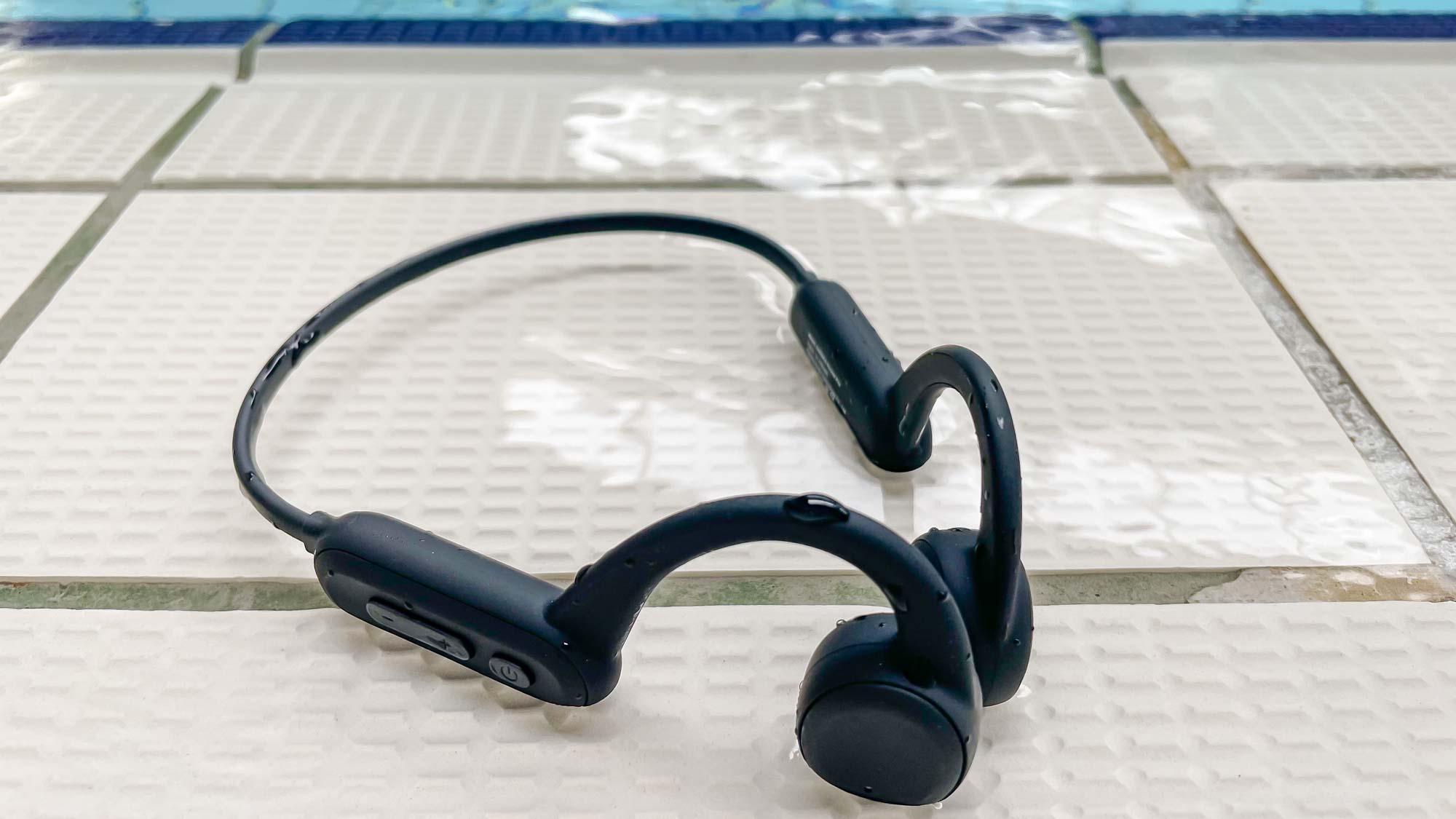
3. Naenka Bone Conduction Runner Pro
Our expert review:
Specifications
Reasons to buy
Reasons to avoid
Don’t let the fact that these headphones have the word ‘runner’ in the title put you off from using them for swimming, too. With IPX8 waterproof rating, the Naenka Bone Conduction headphones are fully waterproof and ideal for swimming (as well as running).
The lightweight frame and general slim headband-style look of the Naenka headphones immediately reminded us of the Shokz OpenSwim Pro — these also hook over your ears so the bone conduction pads rest just in front of the ear and send vibrations through your jawbone.
Physically, it looks and feels impressive, and we found it comfy to wear — even if we had to keep them in place with our goggles. Its downfall? The Naenka takes a lot longer to charge, and has a much shorter battery life than the Shokz.
When testing, we found the Naenka only lasts for about six hours on one charge — which takes about an hour — and the connecting cable is also a little fiddly, consistently losing connection to the computer we attached it to.
The general set up is easy enough though — you can connect through Bluetooth to your phone, or plug into your laptop to drag and drop downloaded music onto the device. And with 8GB storage, there’s room for around 1,500 songs.
It’s worth mentioning that with this style of headband, there’s no way to alter the fit or size of the Naenka’s, so those with slightly smaller heads may find that the headband hangs off the back of the neck and causes a little extra drag in the water.
There’s a tiny on and off button on the Naenka’s and also a button to adjust the volume up or down. The on-off switch pretty much does everything, from pairing and switching between Bluetooth and MP3 mode to accepting and ending calls, playing, pausing, and skipping tracks.
Competitively priced, the Naenka Runner Pro also comes with pair of earplugs in the box, which we found really useful for swimming and definitely made a difference to the sound quality, especially when listening to podcasts.
Best Bluetooth swimming headphones
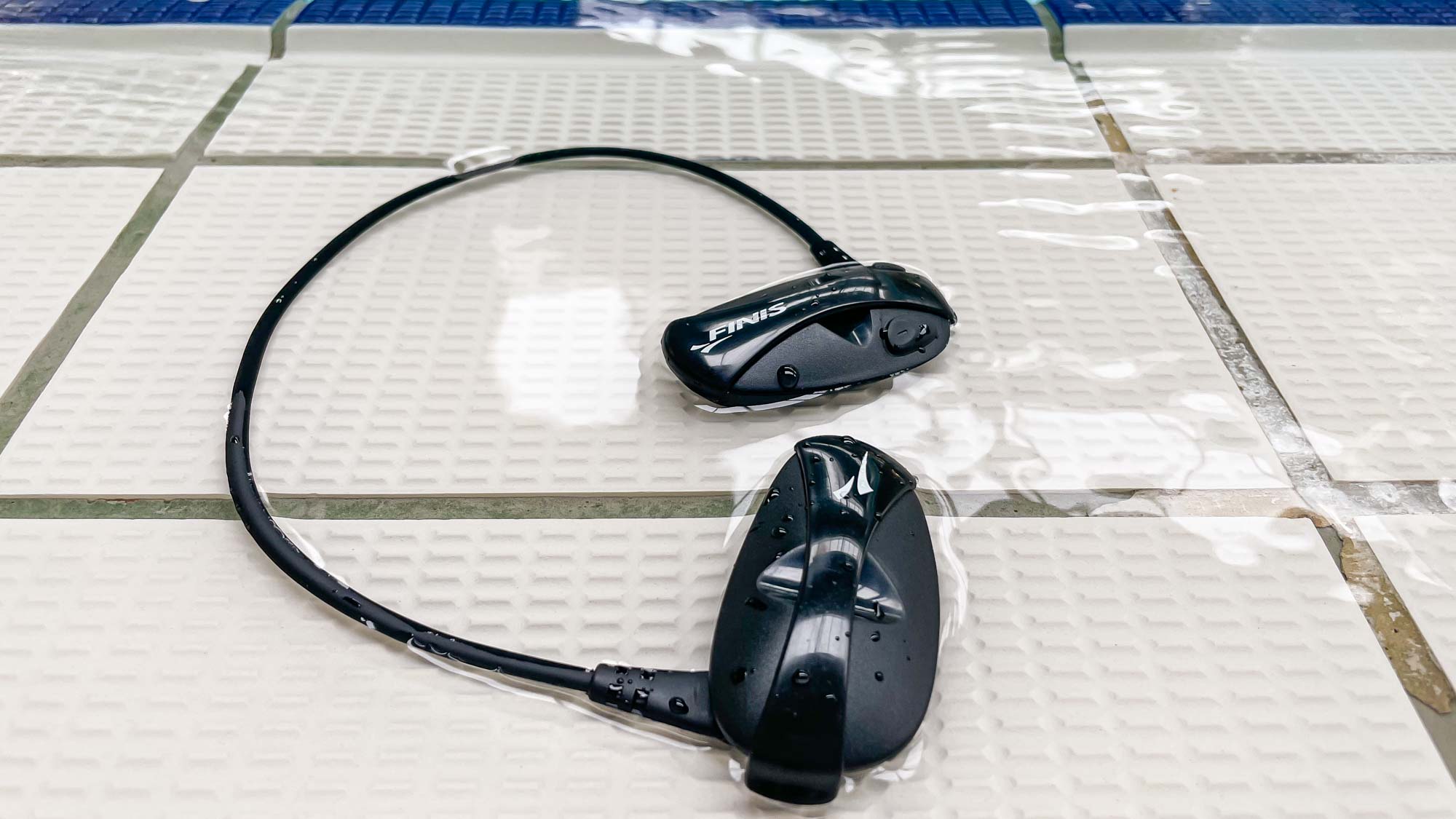
4. FINIS Amnis Stream Swim
Our expert review:
Specifications
Reasons to buy
Reasons to avoid
The FINIS Amnis Stream Swim headphones comes with so many extra gadgets, you really have to pay attention to the instructions that come in the box. Besides the headphones, there are two goggle clips, a charger, a mesh carrying bag and three clips that correspond to different versions of Apple and Garmin watches.
Unlike the other headphones on this list, these work only via Bluetooth, so you have to a) already own a compatible smartwatch and b) be prepared to swim with your watch clipped to your goggle strap or under your swim cap. So they’re definitely not for everyone. Your smartwatch also needs to be able to offer ‘offline listening’.
We did enjoy the fact that we didn’t have to physically drag and drop any music onto these via connecting to a computer — and charging them up was easy as you just slide the left headphone (the one without the buttons) onto the charging port.
Attaching the headphones to our goggles was a little fiddly, to begin with, but it’s one of those things that gets easier (and quicker) the more often you do it. We actually found it easier to attach the headphones to our goggles before putting them on.
For the Bluetooth connection to work in the water, your smartwatch needs to be within 5cm of the cable — so, basically, you need to wear your smartwatch on your head.
We found it’s best to completely remove the watch strap on your smartwatch and then attach the watch face to one of the appropriate watch clips that come in the box — this means you can then easily clip the watch onto your goggle straps on the crown of your head.
Of course, not everyone will want to continually remove Apple Watch bands or watch straps — if that’s you, you can just slip the watch beneath your swim cap (and hope it’s tight enough that it won’t accidentally slide out mid-session).
However, we like to wear our smartwatches on our wrists for tracking laps and heart rate, but Bluetooth can’t travel that far through the water, so you really do have to decide what’s more important — the stats from your session or listening to tunes? If you want both stats and tunes, then we suggest you opt for headphones with a built-in MP3 instead.
Of course, there are other things to love about these headphones (if you’re happy wearing your watch on your head, that is) — they’re well designed, robust and the sound quality is clear. For those who don’t like tracking lengths, these are a game-changer.
How to choose the best swimming headphones
Perhaps it goes without saying, but the best swimming headphones are the ones that are actually waterproof. Headphones with the IPX7 grading offer 30 minutes of listening at one meter of depth, while the IPX8 grading provides one hour at two-meter depth.
The best workout headphones, while great for in the gym or out on a run, are a little sketchy in the water — the last thing you want is for an earbud to accidentally fall out and then sink to the bottom of the pool, or worse, ocean. You’ll never get that back.
Which is why we recommend opting instead for a pair of swimming headphones that sit either in the ear or use bone conductor technology in a headset style. You want to choose something that sits comfortably on your head and will stay secure in the water. Models designed to reduce drag and stay in place also win points.
How we test the best swimming headphones
We tested the best swimming headphones for swimming by swimming in them! We looked at how comfortable the headphones were during different swimming sessions and when doing different strokes in the pool. We also tried them during tumble turns, and when wearing a swimming hat and the best swimming goggles.
We also looked at how easy it was to upload music onto the headphones, and at the sound quality of the music when in the water. During testing, we played different music and podcasts in the pool to look for the best pair.
Finally, we looked at the battery life of each pair of swimming headphones — whether you’re using the headphones in the pool every day, or for a couple of sessions a week, you won’t want to be charging them after every swim.
FAQs
Can you swim with waterproof headphones?
Yes, waterproof headphones, designed for swimming, are perfectly safe to wear in the pool. Water resistant headphones, like you'd buy for running outside in the winter, will not be waterproof — do not wear these in the pool.
Can you use Bluetooth headphones while swimming?
In a word, no. There’s no Bluetooth connection underwater. This means that waterproof headphones are actually MP3 players — so you have to download your music to the device and store it on the headphones in order to play your tunes. Most range from 2GB to 8GB — and vary hugely in battery life.
Can you wear Apple AirPods in the pool?
In a word, no. The Apple AirPods Pro are rated IP54 for dust and water resistance. So, they can withstand dusty conditions and some water splashes or sweat, but aren't designed for immersion in water.
The same goes for the standard third-generation AirPods, which are IPX4-rated, and have the same protection against water but no dust resistance. So, you shouldn't wear either set of AirPods in the pool.
Meanwhile, many of the best swimming headphones use bone conduction technology, rather than miniature speakers, to play audio. This means there are no electrical components exposed to the water.
Sign up to get the BEST of Tom's Guide direct to your inbox.
Get instant access to breaking news, the hottest reviews, great deals and helpful tips.

Jessica has been a fitness writer at Tom’s Guide since 2023, bringing three years of experience writing about health, fitness, and the great outdoors. Her passion for exercise began during her childhood, where she spent weekends hiking and competing in local athletics club events. After earning a master’s degree in journalism from Cardiff University, Jessica found the perfect way to combine her love of storytelling and fitness into a career.
Jessica is passionate about testing fitness gear and tech, using her reviews to help readers make informed buying decisions. She ran her first marathon in April 2024, finishing it in 3 hours and 48 minutes. Through her training, she’s developed a deep understanding of what it takes to grow as a runner, from effective workouts and recovery techniques to selecting the right gear for every challenge.
When she’s not at her desk, Jessica enjoys spending time in the kitchen crafting new recipes, braving cold water swims and hiking.


